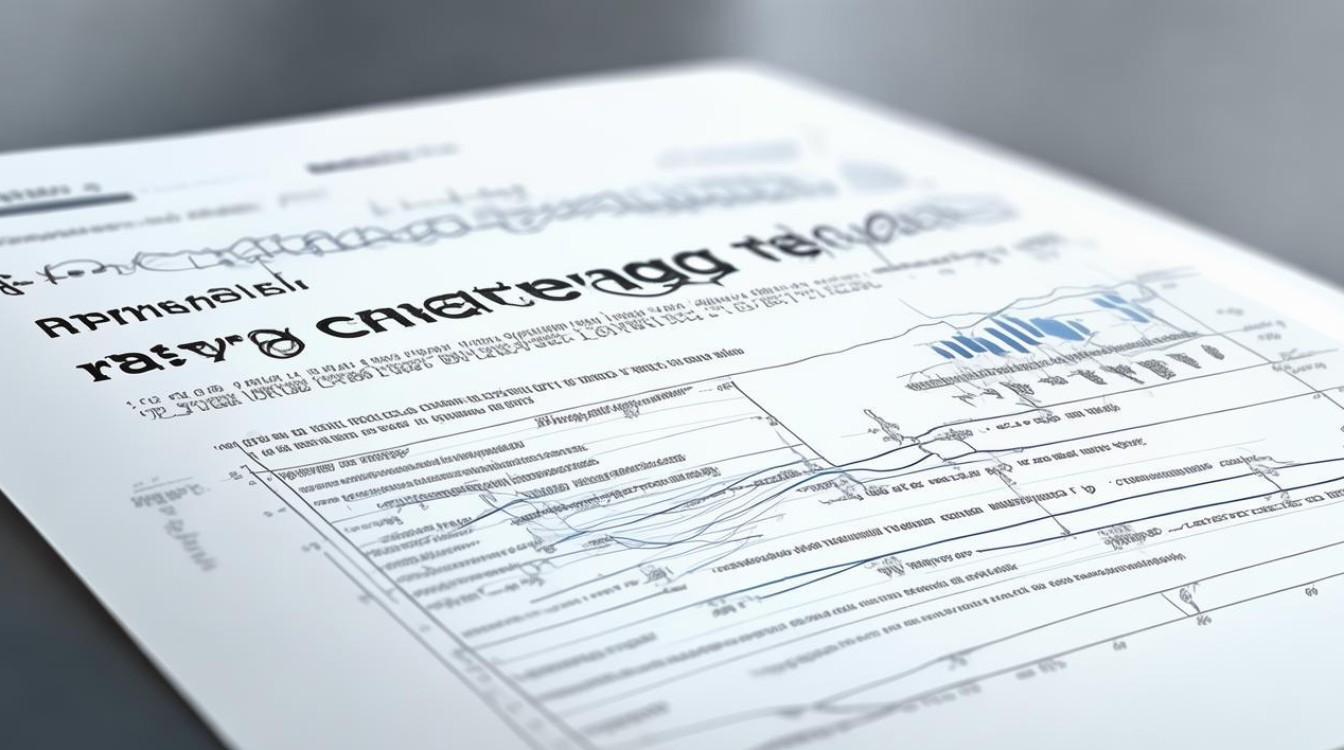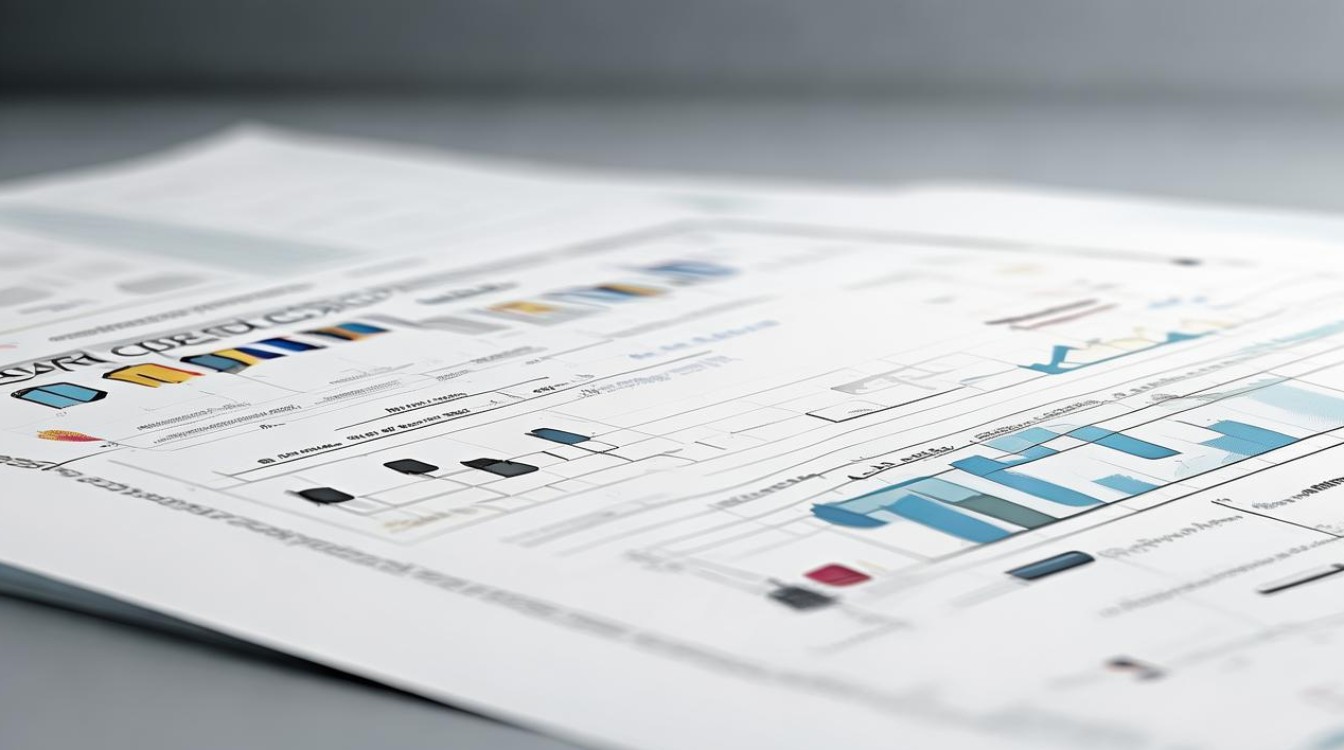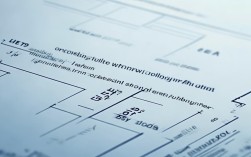在雅思写作考试中,图表作文(Task 1)是考察考生数据分析和表达能力的重要题型,核能作为一种重要的能源形式,其发展趋势常被用于图表作文的命题素材,本文将通过一篇高质量的范文,帮助考生掌握核能相关图表作文的写作技巧,同时符合雅思评分标准(TR、CC、LR、GRA)。
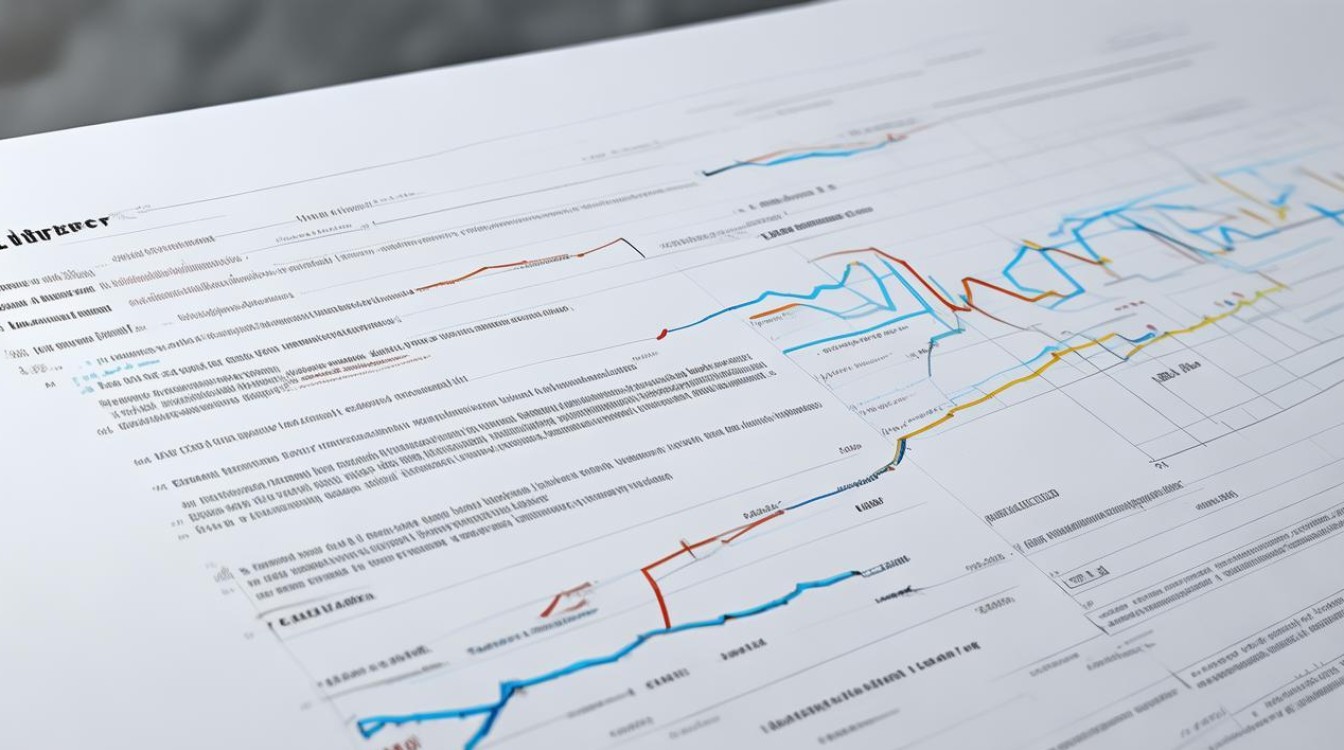
图表描述与数据分析
提供的是一张关于全球核能发电量变化趋势(1990-2025)的折线图,横轴表示年份,纵轴表示发电量(单位:TWh),数据涵盖不同地区的核能发展情况,包括北美、欧洲、亚洲等。
开头段(Introduction)
在开头段,考生需简要概括图表的核心信息,避免直接复制题目描述。
The line graph illustrates the changes in global nuclear energy production from 1990 to 2025, measured in terawatt-hours (TWh). The data is categorized by three major regions: North America, Europe, and Asia, providing a comparative analysis of their nuclear power usage over the 35-year period.
主体段1(Overall Trend)
首先描述整体趋势,避免逐条列举数据,而是提炼关键变化。
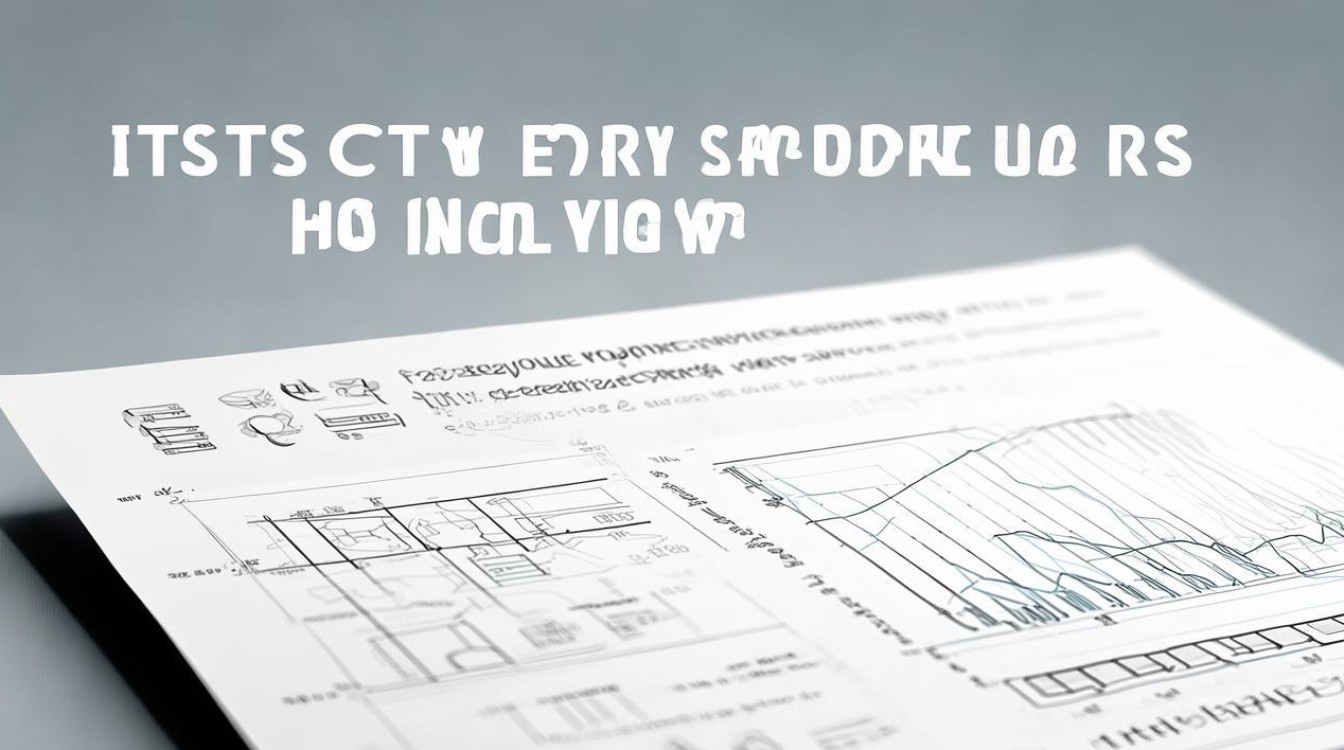
Overall, nuclear power generation exhibited a fluctuating trend across the three regions. While North America and Europe experienced a decline after 2010, Asia demonstrated a steady upward trajectory. By 2025, Asia is projected to surpass both regions, becoming the largest producer of nuclear energy.
主体段2(Detailed Comparisons)
接下来分段对比不同地区的变化,使用连接词增强逻辑性(e.g., In contrast, Similarly)。
In North America, nuclear energy production peaked at around 900 TWh in 2010 before gradually decreasing to approximately 800 TWh by 2025. Europe followed a similar pattern, with its highest output recorded in 2005 (1,100 TWh), followed by a decline due to policy shifts and public opposition.
Conversely, Asia’s nuclear power generation grew consistently, starting at 200 TWh in 1990 and reaching an estimated 1,200 TWh by 2025. This surge can be attributed to rapid industrialization and government investments in clean energy infrastructure.
结尾段(Key Observation)
结尾无需总结,但可强调最突出的发现。
The data underscores Asia’s pivotal role in the future of nuclear energy, while traditional leaders like North America and Europe face challenges in maintaining their production levels.
雅思图表作文写作技巧
数据选择与概括
- 避免罗列所有数据,选取最具代表性的年份和数值。
- 使用比较级和最高级(e.g., the highest, the most significant drop)。
时态与语态
- 过去数据用一般过去时(e.g., production increased)。
- 未来预测用将来时或被动语态(e.g., is expected to rise)。
词汇多样性
- 替换常见动词(increase → surge, climb, grow)。
- 使用副词增强描述(e.g., sharply declined, moderately fluctuated)。
逻辑衔接
- 使用连接词(However, In comparison, As a result)。
- 通过代词和同义替换避免重复(e.g., this trend, such policies)。
核能议题的延伸讨论
在雅思写作Task 2中,核能常与可再生能源、环境保护、能源安全等话题结合,考生可积累以下论点:
支持核能的观点
- 低碳排放:相比化石燃料,核能发电几乎不产生CO₂。
- 高效稳定:不受天气影响,适合作为基载电力(baseload power)。
反对核能的观点
- 安全风险:核泄漏事故(如福岛、切尔诺贝利)影响深远。
- 核废料处理:放射性物质长期储存问题尚未完全解决。
个人观点
核能的发展趋势反映了全球能源格局的转变,亚洲的崛起说明新兴经济体正积极采用核能以满足能源需求,而欧美地区的衰退则体现了政策与公众态度的双重影响,核能能否成为主流能源,取决于技术进步与风险管理之间的平衡。
